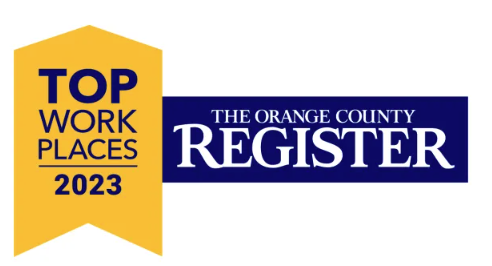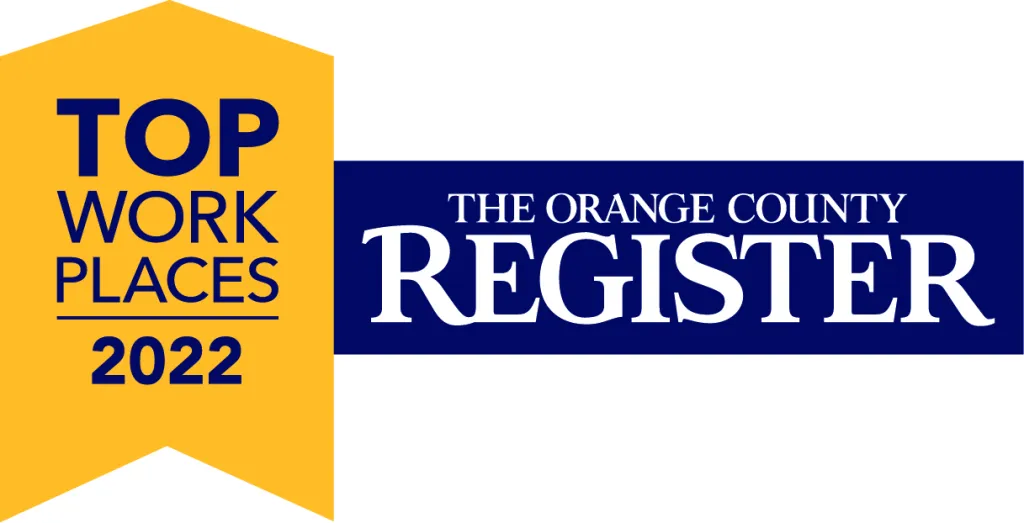
Disaster Declaration for the State of Texas
Disaster Declaration for the State of Texas FEMA Notice Date: July 6, 2025 On July 6, 2025, the Federal Emergency Management Agency (FEMA) declared that
In a recent article by Al Yoon of Debtwire.
Residential non-QM lenders are already expanding their underwriting guidelines from the conservative offerings that emerged as a mortgage, and other financial markets began to recover from the darkest days of March, according to four lenders. Lenders LoanStream Mortgage, Sprout Mortgage, and Angel Oak either have or soon will loosen some guidelines, according to sources at or close to the lenders. Athas Capital Group is planning a line-up of non-QM products, a source familiar said. All four have been top contributors of loans to non-agency RMBS. At LoanStream, LTVs will soon be back up to 80% from 60%–65%, said Serene Vernon, LoanStream’s president. Sprout Mortgage is accepting higher LTVs, too, with some as high as 85% for certain high FICO, owner-occupied properties, a source familiar said. “There’s a tiptoeing expansion of the credit box,” the source familiar said. The new guidelines, which for LoanStream and Sprout allow for lower credit scores and higher leverage, are coming amid signs that the US housing market will remain stable through a recession and as investors warm to loans originated outside of what Fannie Mae and Freddie Mac will finance. Black Knight data shows loans in forbearance have leveled off below 10%, a relief to participants who were anticipating levels would grow to a quarter or more of all loans outstanding. Early-stage non-QM delinquencies spiked in April, though differences in the way servicers managed forbearance plans clouded interpretations of the data, as reported. One lender said borrowers were taking forbearance as a kind of insurance against income loss. In contrast, another said his borrowers were backing away from seeking forbearance out of fear it could affect their credit. While non-agency performance reports have been more benign than expected, “uncertainty remains on the longer-term impact of bond cash flows and whether forbearances, deferrals, and modifications will help avoid losses for both homeowners and bondholders,” bond analysts at TCW Group wrote in website commentary this week. Meantime, non-agency credit is inching back toward pre-COVID-19 levels — though the availability of loans won’t get close to what was seen just a few months ago, several of the sources said. Non-QM RMBS issuance might get to USD 12bn this year, about a third of what was expected earlier in 2020 and less than half of last year’s tally, said Sujoy Saha, a director at S&P Global Ratings, during a webinar on Wednesday. The volume will be limited because some lenders are funding their loans through bank balance sheets instead of aggregators that quickly securitize the debt, one lender said. Warehouse lenders who support aggregators are wary about providing capital after seeing pipelines freeze in March, he said. Providers of “warehouse lines aren’t going to trust many lenders to get back into space,” the lender said. LoanStream’s Vernon said lenders are faced with uncertainty over the value of their loans in the secondary market. One reason is more conservative assumptions of non-QM risks by credit rating companies whose grades play a crucial role in the economics of a deal, she said. “There’s not any sort of broad market” for the non-QMs yet, the lender said. The improvement in market tone has been measurable and has helped LoanStream in selling all its “old” production, she said. “Over the last few weeks, things have started to stabilize.” |

Disaster Declaration for the State of Texas FEMA Notice Date: July 6, 2025 On July 6, 2025, the Federal Emergency Management Agency (FEMA) declared that

Disaster Declaration for the State of Mississippi FEMA Notice Date: June 19, 2025 On June 19, 2025, the Federal Emergency Management Agency (FEMA) declared that

Disaster Declaration for the State of Mississippi FEMA Notice Date: May 21, 2025 On May 21, 2025, the Federal Emergency Management Agency (FEMA) declared that

Get Updates, Specials & More








